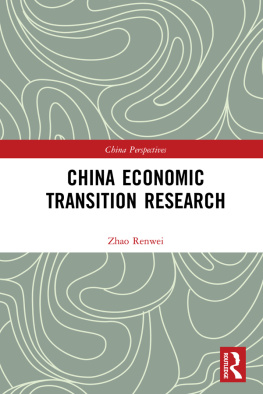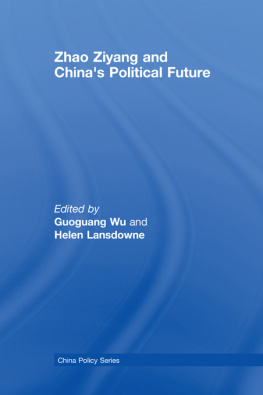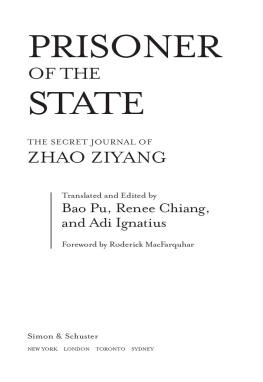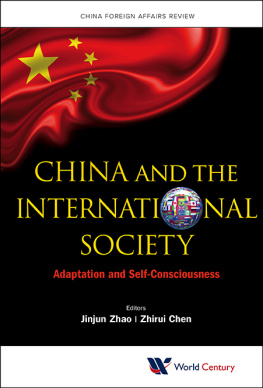Abstract and Applied AnalysisVolume 2013 (2013), Article ID 627314, 6 pageshttp://dx.doi.org/10.1155/2013/627314
Research Article
A Characterization for Compact Sets in the Space of Fuzzy Star-Shaped Numbers with Metric
Zhitao Zhao1 and Congxin Wu2
1School of Mathematical Sciences, Heilongjiang University, Harbin 150080, China2Department of Mathematics, Harbin Institute of Technology, Harbin 150001, China
Received 15 January 2013; Accepted 12 April 2013
Academic Editor: Marco Donatelli
Copyright 2013 Zhitao Zhao and Congxin Wu. This is an open access article distributed under the Creative Commons Attribution License, which permits unrestricted use, distribution, and reproduction in any medium, provided the original work is properly cited.
Abstract.
By means of some auxiliary lemmas, we obtain a characterization of compactsubsets in the space of all fuzzy star-shaped numbers with metric for 1<. The result further completes and develops the previous characterization of compact subsets given by Wu and Zhao in 2008.
1. Introduction
Since the concept of fuzzy numbers was firstly introduced in 1970s, it has been studied extensively from many different aspects of the theory and applications such as fuzzy algebra, fuzzy analysis, fuzzy topology, fuzzy logic, and fuzzy decision making. Many applications restrict their description to fuzzy numbers, often implicitly, because of powerful fuzzy convexity of fuzzy numbers. This fuzzy convexity is mainly reflected on the convexity of the level sets of fuzzy numbers. However, apart from possible applications, it is of independent interest to see how far the supposition of convexity can be weakened without losing too much structure. Star-shapedness is a fairly natural extension to convexity. Surprisingly, many topological properties of spaces of compact star-shaped sets are similar to those of their compact convex counterparts. It is well known that star-shapedness also plays an important role in the theory and applications, such as nonsmooth analysis, approximation problems and optimization problems, (see [].
In this regard, Diamond has done a lot of work. In 1990, he firstly introduced the concept of fuzzy star-shaped numbers and defined metrics on the space of fuzzy star-shaped numbers in [] pointed out that the characterization of Diamond was incorrect by a counterexample and gave a correct characterization for compact sets in spaces (0,) for 1<.
The aim of this paper is to further improve the characterization of compact sets in [] and obtain a characterization of compact sets in the space of all fuzzy star-shaped numbers with metric for 1<. The result of this paper will provide some help for future research on fuzzy star-shaped numbers.
2. Preliminaries
In , denote the Euclidean norm by , and denote the class of all nonempty compact sets in by . If , are nonempty compact sets in , then the Hausdorff distance between and is given by (,)=max{supinf,supinf}.
Definition 1 (see []). An element is star-shaped relative to a point if for each , the line segment joining to is contained in . The ker of is the set of all points such that the line segment for each and co is the convex hull of .
For a fuzzy set [0,1], we suppose that (1) is normal; that is, there exists an 0 such that (0)=1, (2) is upper semicontinuous, (3) supp=cl{()>0} is compact, (4) is fuzzy star-shaped; that is, there exists such that is fuzzy star-shaped with respect to , namely, for any and 01, (1) (+(1))(), (4) is fuzzy star-shaped with respect to the origin.
Definition 2 (see []). A fuzzy star-shaped number is a fuzzy set [0,1] satisfying (1), (2), (3), and (4). Let be the family of all fuzzy star-shaped numbers, and let 0 be the family of all fuzzy sets which satisfy (1), (2), (3), and (4). Clearly, 0.
For a fuzzy star-shaped number , we define its -level set as follows: (2) []={()},if0<1,supp,if=0.
Letting , we define (3) ()=1,if=,0,if. It is obvious that for each .
We will define addition and scalar multiplication of fuzzy shaped-numbers levelsetwise; that is, for , and 0 (4) []+=[]+[],[][]=, for each [0,1]. It directly follows that +,.
Now, let us recall some properties of fuzzy star-shaped numbers which will be used in this paper.
Proposition 3. If , then (1) [][][]0, 01, (2) [] is a compact set of for each 01, (3) for any (0,1], if {} is an increasing sequence of real numbers in (0,1] converging to , then []==1[].
The following property derives directly from Definitions .
Proposition 4 (see []). For any , is fuzzy star-shaped with respect to if and only if [] are star-shaped with respect to for all [0,1].
Definition 5 (see []). Let ker() be the totality of such that is fuzzy star-shaped with respect to . Define ker() by [ker()]=ker[] for a fuzzy star-shaped number .
Proposition 6 (see []). For a fuzzy star-shaped number , ker() is a convex set in , and ker() is a fuzzy convex set which is normal; that is, [ker()]1.
Definition 7 (see []). For each 1<, one defines (5) (,)=10([],[])d1/, for all ,, then is called the metric on .
For the characterization of compact sets in (,), the following definitions will be used in the sequel.
Definition 8 (see []). One says that is uniformly support bounded if the support sets []0 are bounded in , uniformly for ; that is, there is a constant >0 such that ([]0,{}) holds for all .
Definition 9 (see []). Let . If for any >0, there exists =(,)>0 such that for all 0< (6) 1[],[]d<,1<, then one says that is -mean left-continuous. If for nonempty , the above inequality holds uniformly for , one says that is -mean equi-left-continuous.
Definition 10 (see []). One says that is uniformly -mean bounded if there is a constant >0 such that (,) for all , where denotes with ()=1, and ()=0 for any .
Remark 11. Note that uniform -mean boundedness is weaker than uniform support boundedness, namely, if (,) is uniformly support bounded, then is uniformly -mean bounded; however, the converse implication does not hold.
3. Main Results
Before proving our main result, we demonstrate some auxiliary lemmas.
Lemma 12. Let , then the following properties hold: (1) ker()[]1, (2) for any ker(), exists, and for any [0,1], one has (7) =[]{},+=[]+{}, (3) for any ker(), 0, (4) if {} converges to 0, then {} converges to 0 in (,).
Proof. (1) Let ker(). By Definition , the line segment (+) joining to + is contained in []; that is, (14) (+)+(1)=+[],01. Thus, []{} for all 01. That is, the line segment []{}.Consequently, [] is star-shaped with respect to the origin for each [0,1].(4) Since {} converges to 0, then for every >0, there exists an integer 0 such that when 0 (15) 0<. Thus, for the above >0, we have (16) ,0=10,0d1/=10,0d1/=100d1/<, whenever 0. Therefore, {} converges to 0 in (,).
Lemma 13. For any (,), 1<, is -mean left-continuous.
Proof. The technique is similar to the proof of Lemma 3.1 in [].
For every and [0,1], denote (17) ()()=(),if(),0,if()<. Then, we have the following.
Lemma 14 (see []). A closed set (0,), 1<, is compact if and only if (1) is uniformly -mean bounded, (2) is -mean equi-left-continuous, (3) let {} be a decreasing sequence in (0,1] converging to zero. For {}, if {()=1,2,3,} converges to ()0 in , then there exists a 00 such that (18) ()0=,<1.
Lemma 15. For any ,, and 0<<1, one has (19) ()=,+()=()+.
Proof. Let be an arbitrary element in [0,1].If 1, then [()]=[]={}. If 0<<, then [()]=[]={}=[]. Hence, for each (0,1],[()]=[], and so, it follows that [()]0=[]0. This implies that ()=.Similarly, if 1, then by Lemma (2), we have (21) +()=+=[]=+{}()+{}=()+. Hence, for each (0,1],[(+)()]=[()+], and so, it follows that [(+)()]0=[()+]0. This implies that (+)()=()+.










